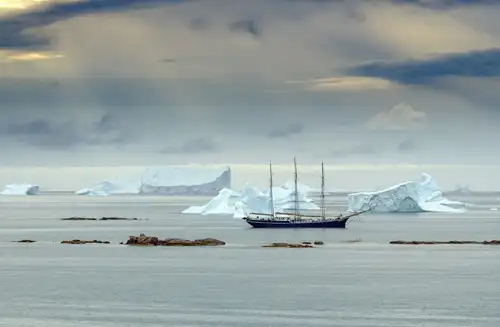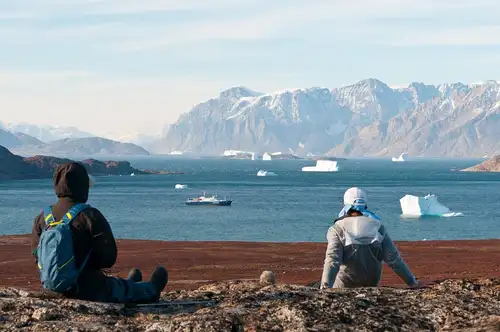Name: Great Northern Diver, Common Loon, Great Northern Loon (Gavia immer)
Length: 60 to 100 cm
Weight: 1.5 to 8 kg (average 4 kg)
Location: Summers in the U.K., Iceland, Greenland, and North America; winters along the southern coasts of North America and Europe, and northwest Africa
Conservation status: Least Concern
Diet: Fish
Appearance: Breeding plumage includes a black head, white underparts, and a checkered mantle. In non-breeding season, they are brown with a white fore-neck and chin. They have red eyes.
How do Great Northern Divers feed?
Great Northern Divers dive up to 60 meters deep and can stay underwater for 3 minutes. Their red eyes help them see underwater.
Are Great Northern Divers social?
These birds form monogamous pairs that defend their territory from other divers. Occasionally, they gather in larger groups for feeding.
How fast do Great Northern Divers fly?
They can reach speeds of up to 120 km per hour.
What are Great Northern Diver birthing rituals like?
Arriving at breeding grounds from April to May, they build nests from dirt or vegetation. The female lays 1 to 3 eggs, and both parents incubate them for about a month. Parents feed the chicks for the next 2 months. Chicks ride on their parents' backs to stay warm and avoid predators and can dive two days after hatching.
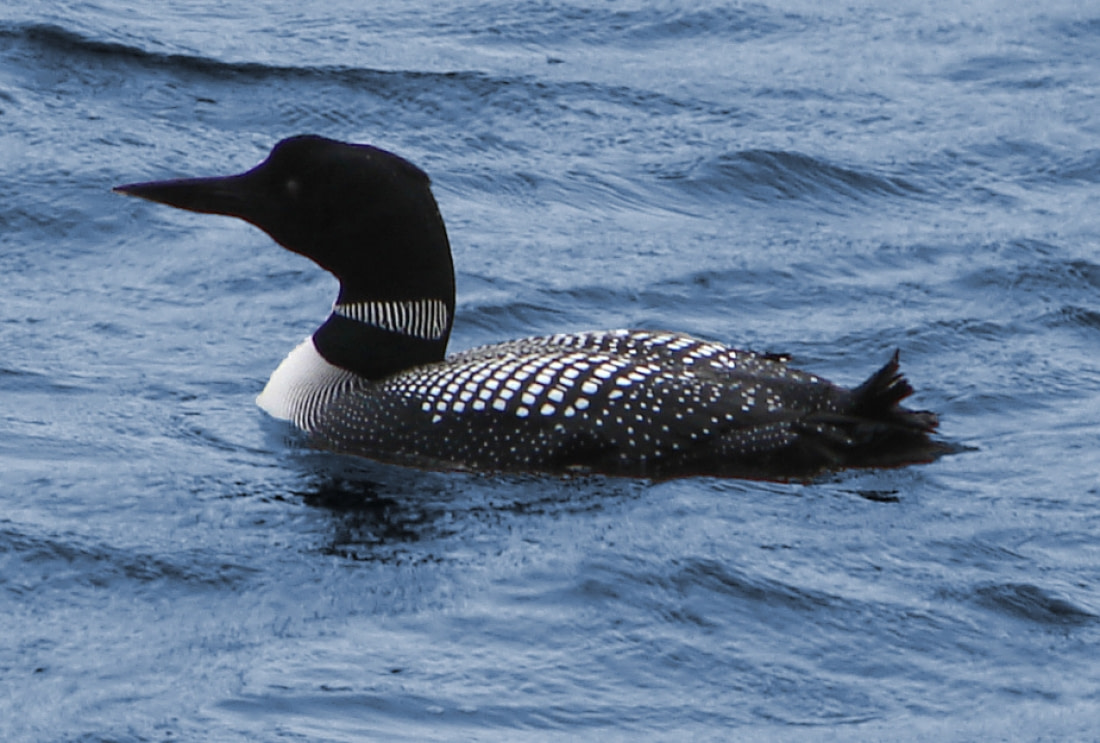
How long do Great Northern Divers live?
They can live up to 30 years in the wild.
How many Great Northern Divers are there today?
The worldwide population is estimated at over 525,000 individuals.
Do Great Northern Divers have any natural predators?
Eggs and young are preyed upon by large fish, foxes, minks, gulls, corvids, raccoons, skunks, and snapping turtles. Adults can be targeted by bald eagles and sea otters.
7 Grand Great Northern Diver Facts
- The genus name "Gavia" was initially used for the Smew, a small sea duck. "Immer" might come from the Latin "immergo" (to immerse) or the old Swedish "emmer" (ashes).
- "Loon" originates from Scandinavian words for "lame," referencing their awkward land movement.
- Fossil evidence suggests Great Northern Divers have existed for at least 20 million years.
- They have solid bones, aiding in diving but requiring a runway approach to take off from the water.
- They can rush at attackers to impale them when defending their young.
- They appear on the Canadian $1 coin, known as the "Loonie."
- Adult divers can host up to 40 different types of body parasites.
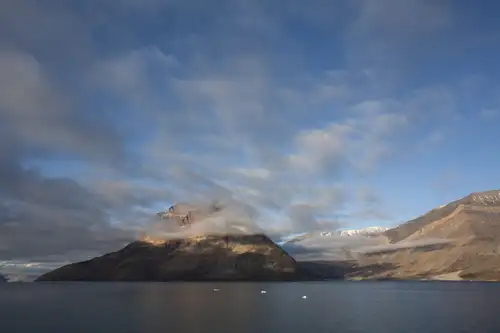

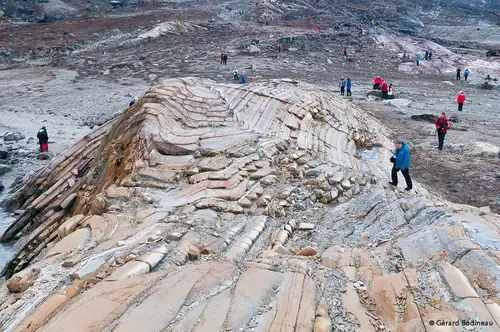
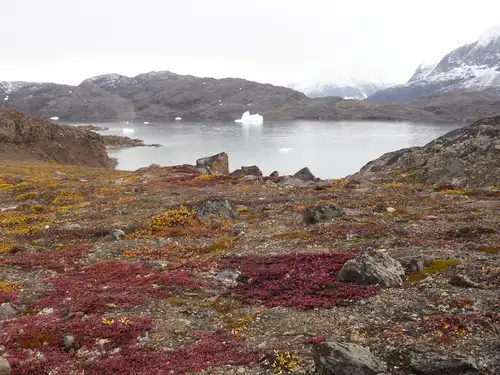
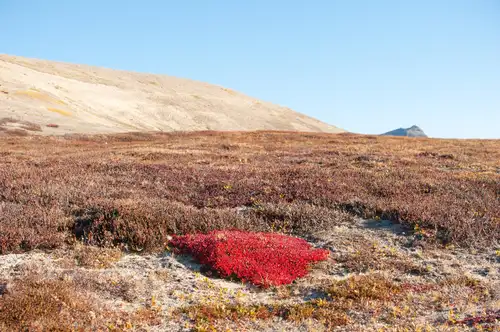

Related Trips


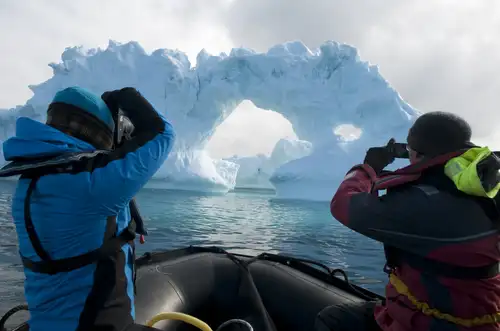
Under the Greenland Ice Sheet
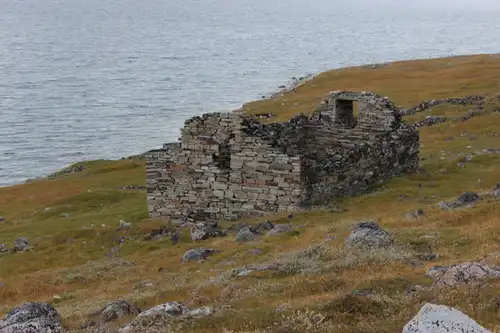
Greenland's History: When Vikings Ruled the Ice Age
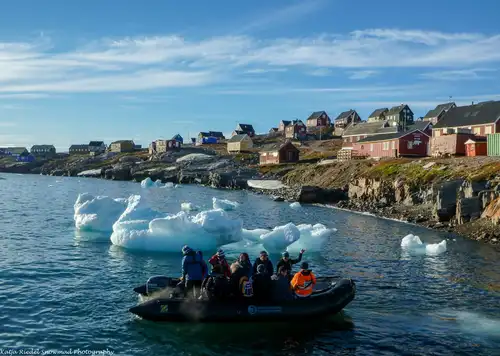
Scoresby Sund: the Greatest Greenland Adventure

Peaks, Fjords, and Auroras: 14 East Greenland Attractions

The World Is Changing for Greenland's Native Inuit People

Not Eskimos: 10 Enlightening Facts About the Inuit
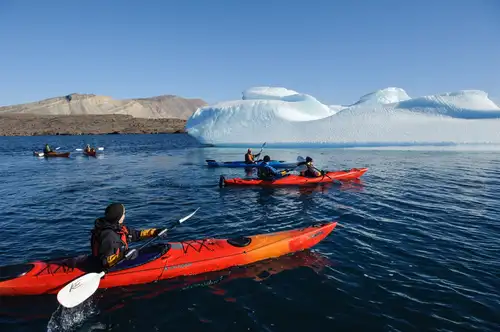
Greenland: Where the Kayak Was Invented
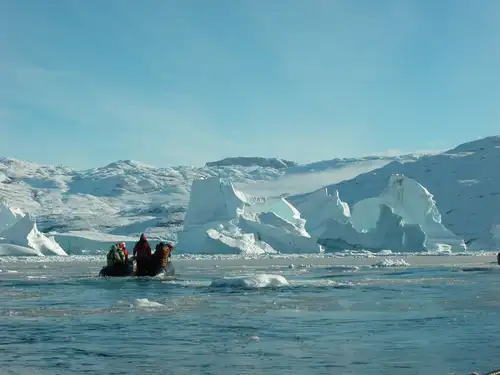
Discover the Scoresby Sund Fjord System in East Greenland
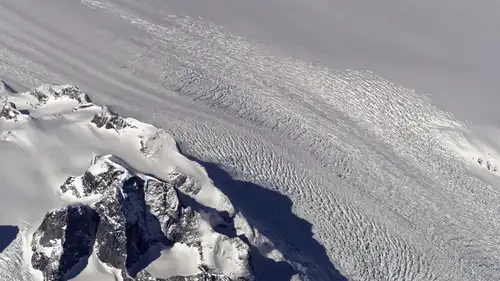
Ice streams and lakes under the Greenland Ice Sheet
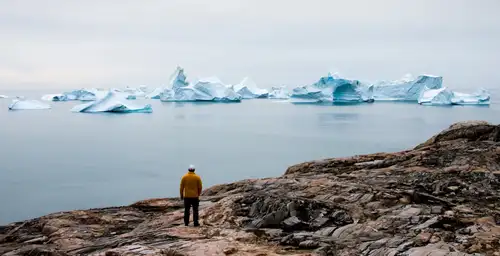
Tracking Greenland’s Wildlife from Space
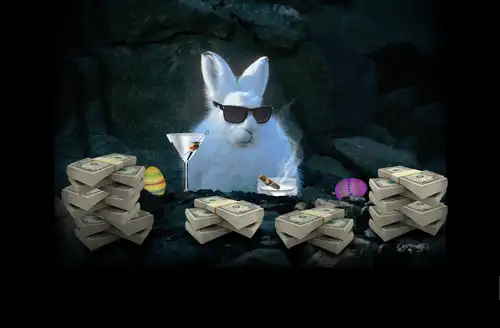
The Arctic Hare: Easter Bunny

The bowhead whale, whaling about the Arctic
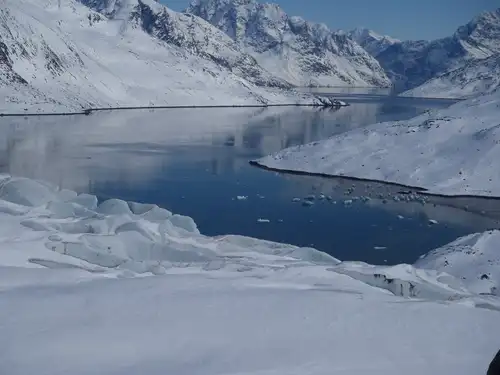
How and When Did Greenland Become Covered in Ice?
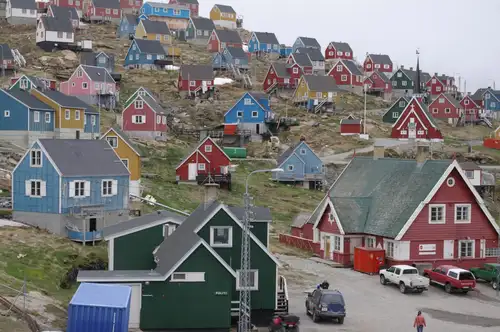
10 Traits of Post-Ice-Age Greenland
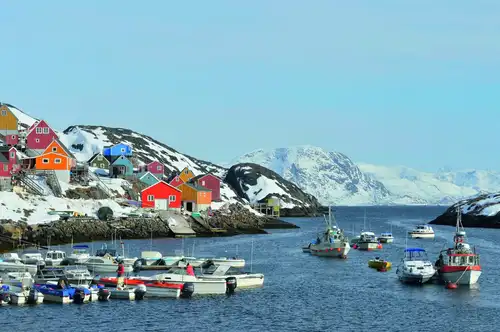
Amazing Greenland
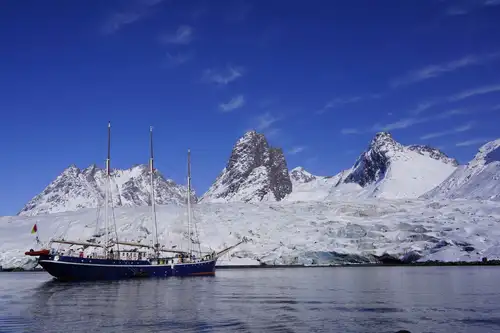
5 Misconceptions You Might Have About Greenland
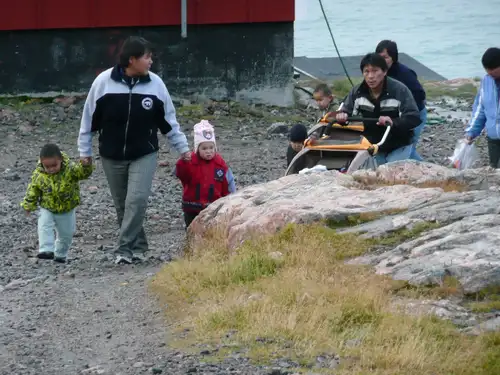
Greenlandic Inuit Beliefs
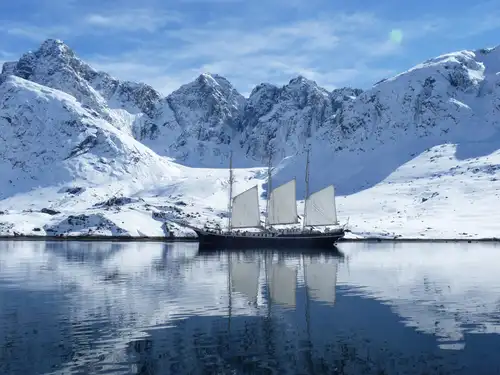
Why You Should Visit Greenland: 11 Things to See, Do, and Explore
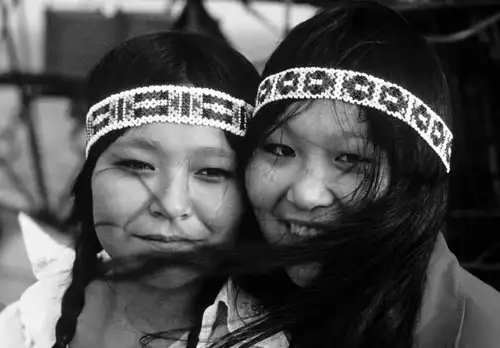
Traditional Lifestyles of the Inuit
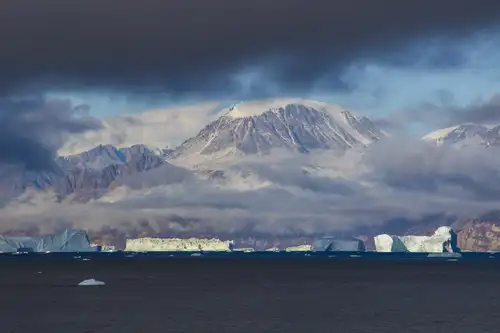





 21 Days / 20 Nights
21 Days / 20 Nights
